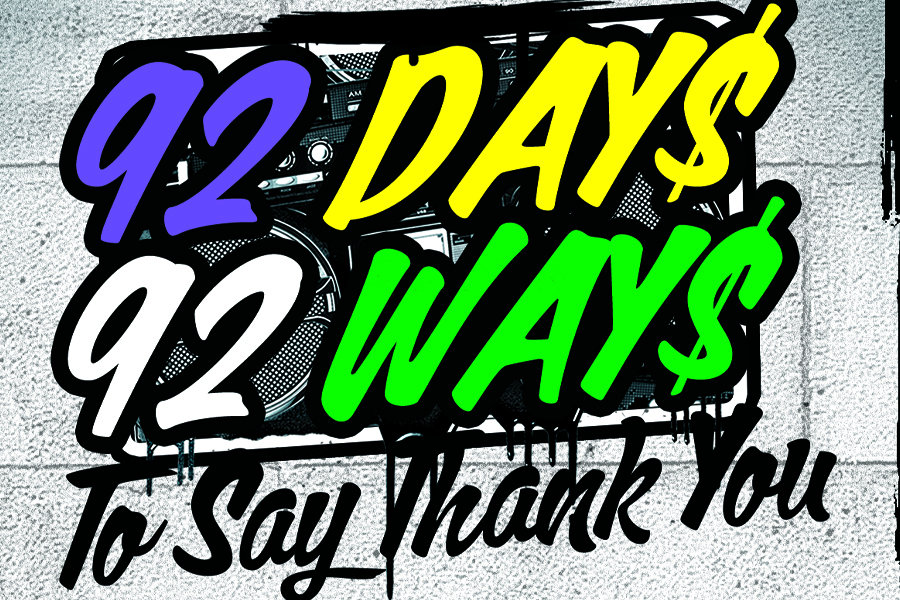Why you won’t hear tornado sirens in Charleston
CHARLESTON, S.C. (WCBD)- Along with spring, severe weather season has arrived across South Carolina. It has been a windy few weeks here in the Lowcountry with a few threats of an isolated tornado with some passing storms.
While the blaring sound of a tornado siren might be familiar to those in “Tornado Alley” across the midwest, Charleston County does not use them.
Storm Team 2 Chief Meteorologist Rob Fowler said that even though there is a small chance that a tornado touches down in the Lowcountry, it does not happen frequently enough to warrant sirens.
“It is infrequent enough to maybe justify spending a lot of money on a siren system,” he said. “Many times by the times the storms get here, they’ve kind of run their course.”
South Carolina has averaged 11 tornadoes each year since 1950, according to the South Carolina Emergency Management Division. Most recently, two tornadoes touched down in Pickens County on March 23.
In April 2020, an EF-2 tornado packing 120 mph winds ripped through a portion of Berkeley County leaving a trail of severely damaged homes in its wake.
But in order for a tornado to strike the area, Fowler said all the right elements have to come together in just the right way.
“When you look at tornadoes, you need a lot of things,” he said.
One of those elements is wind shear, which is a change of winds in terms of direction with height and speeds with height.
“When it rains, the horizontal column of air is turned more vertical because the rain pushes it down toward the ground and that’s what we know as a funnel cloud,” Fowler explained. “And if it touches the ground then we know it as officially a tornado.”
So if tornadoes are a threat to the Lowcountry, why are there no tornado sirens?
Charleston County Emergency Management Director, Joe Coates, said that tornado sirens can be useful tools but are impractical for the area.
“They are not reliable,” Coates said. “They require monthly tests, a lot of maintenance, and they’re very expensive and archaic to maintain.”
A primary consideration has always been the cost. Tornado sirens can range from thousands to tens of thousands of dollars to install. And that does not include monthly maintenance.
“Charleston County is a huge county, so it would be extremely expensive, we’re talking about millions of dollars to be able to put this in place,” Coates said.
Instead, the County has opted to use the Everbridge emergency communication system since 2014.
Everbridge works by sending a loud alert signal to every phone within a 3-mile radius of an emergency incident, such as a tornado. Coates said the Everbridge system is a more effective means of disseminating critical alert messaging.
“If we get a tornado alert, automatically the system comes up and sends out the message from the National Weather Service,” Coates said. “We feel it is a better use of taxpayer funds and also a more reliable system.”
Coates also reminds residents that if they opt-out of receiving any emergency alerts, such as an amber alert, they will not receive weather alerts either.
“If you cut those off, you’re also cutting off your ability to receive wireless emergency alerts from the National Weather Service,” he said.
The South Carolina Emergency Management Division, Charleston County Emergency Management Department, and Fowler encourage residents to rely on systems that distribute weather information quickly and accurately such as a weather radio, Wireless Emergency Alerts, and by following the local news.
“I think it’s very important for people to monitor the weather and be ready in case a tornado watch or warning is issued so that they know what to do, where to go, and that their family has a plan in place.”
As always, you can count on Storm Team 2 to provide the latest on weather emergencies.
DOWNLOAD THE STORM TEAM 2 WEATHER APP
APPLE USERS CLICK HERE | ANDROID USERS CLICK HERE




